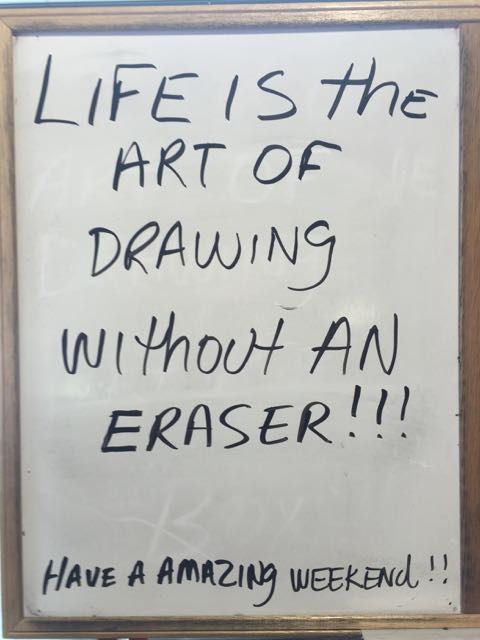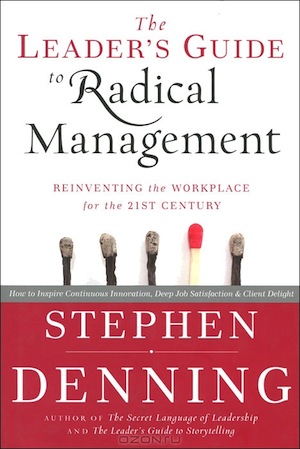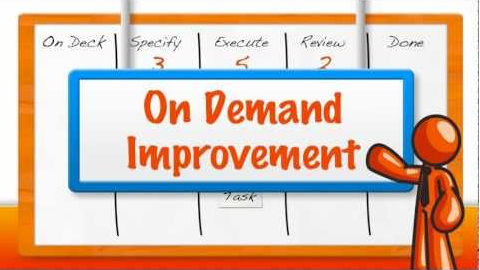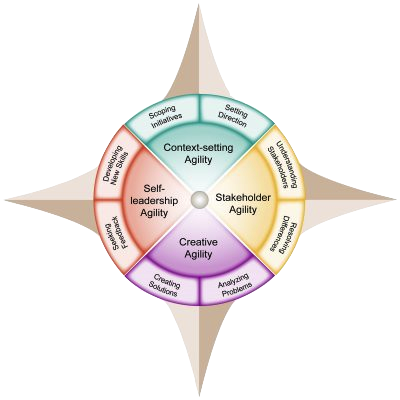Leading Agile
Leading Agile: Laying the Foundation for Success
While Agile offers myriad benefits to an organization, the fact is: adoption and subsequent success of software development projects across the board could be better long-term. Why, when we have a system that has proven to work for countless organizations in various verticals, do initiatives still fail, or else the whole Agile endeavor peters out after a few months or years?
While there are many reasons why Agile approaches can fail, inadequate Agile leadership can be a large contributing factor. Note that it’s not necessarily inadequate leadership, because you can have the most stellar executive leader, but if she doesn’t know how to lead and support an Agile team, she can put it at great disadvantage.
Why Coaches and Consultants Can’t Save Your Organization
Organizations spend millions on Agile coaches and consultants, then point the finger when, a few months down the road, the “whole Agile thing” has gone off the rails. Is it really the fault of these Agile professionals?







































